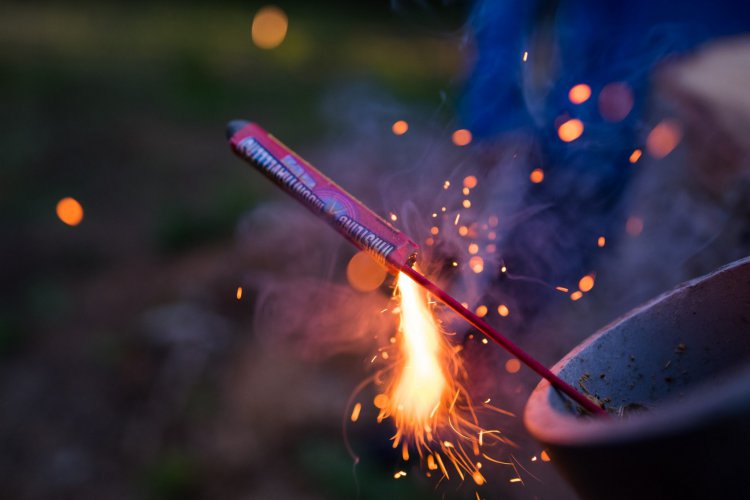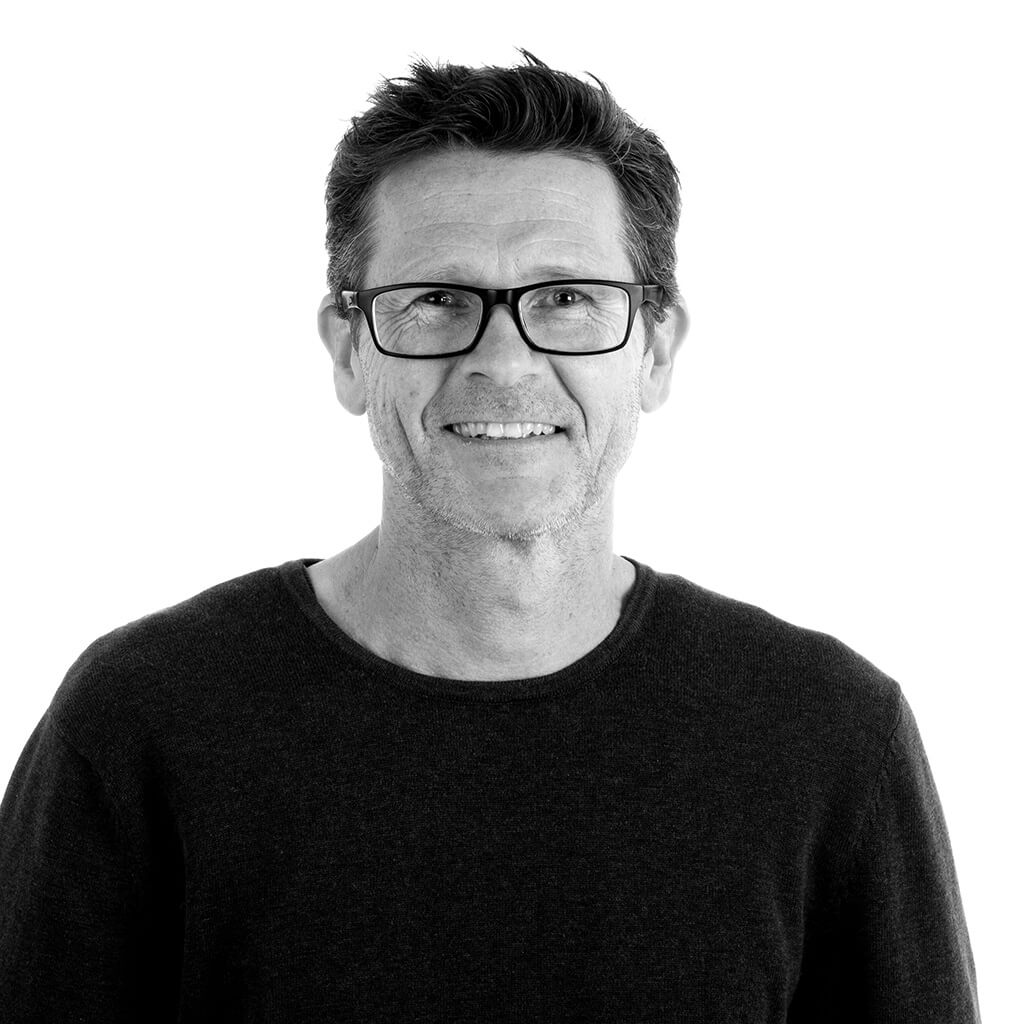Design & Creativity
The hard work of creativity

Any creative industry is driven by two factors: creativity and design, and I believe there is a clear distinction between the two.
Creativity is the initial spark for an idea. This is where the ‘outside the box’ thinking comes from. Where the mundane and common are overridden buy the inventive, new and exciting.
At the creative stage there are no boundaries or restrictions, and possibilities are endless, this is the easiest and most fun part of any design process.
Design of an idea is the hard part, not the fun part. Just as the rocket scientists who put man on the moon knew, the idea of a rocket was easy, the design a of a real feasible rocket wasn’t.
Keeping on a space theme, let’s imagine a food producer wants to launch a new cheese to market with maximum exposure.
After some brainstorming, the creative solution is to wrap the moon up to look like the cheese. After all we all know the moon is made of cheese, it’s never been done before and everyone on the planet will see it. Job done, nailed it!
Now step two of the process comes in: design, the work of actually making the imagination of the creative work. This is the part where hard work, trial and error come in… and actually making something tangible within timelines, budgets and all other real world restrictions take place.
Even if we had a rocket to get there, the feasibility of wrapping the moon is impossible, so do we just give up?
Nope, we use design to craft a solution that works within the boundaries of the real world, not just our imaginations.
In this hypothetical example, a solution should include designing a campaign using interactive billboards in the night sky and mobile VR that creates the illusion of the ‘cheese moon’. Of course this requires a lot of design from the tech alone, not to mention the visual to make it a reality.

